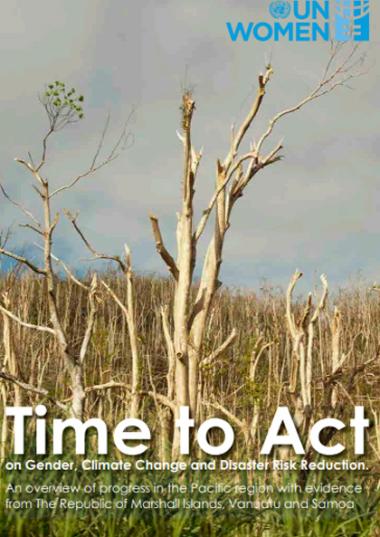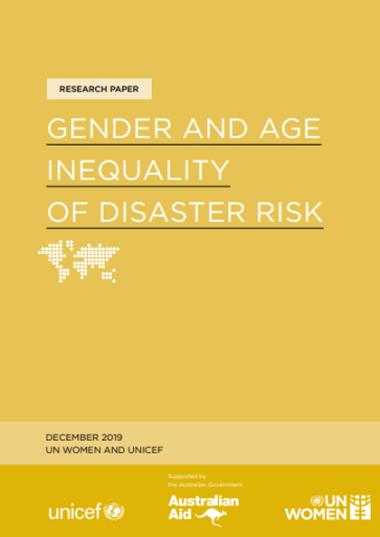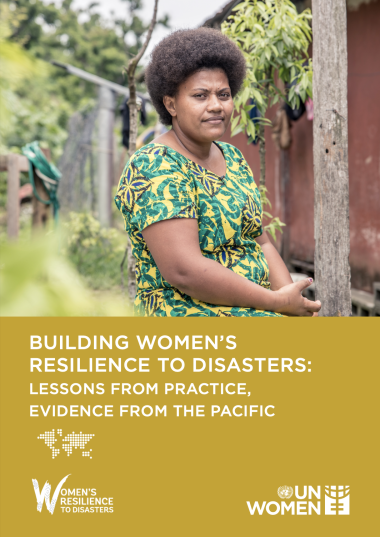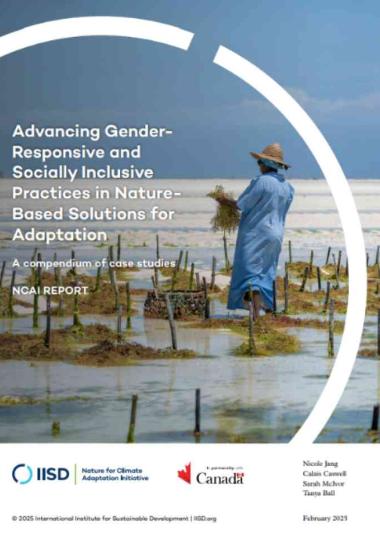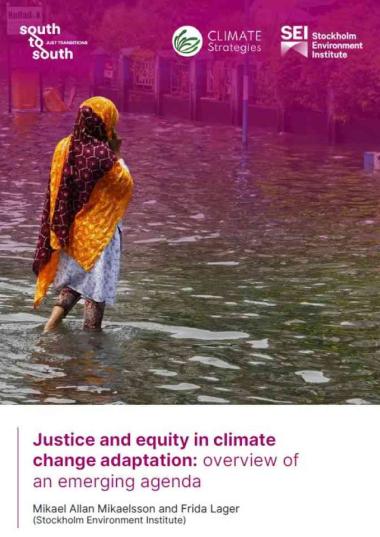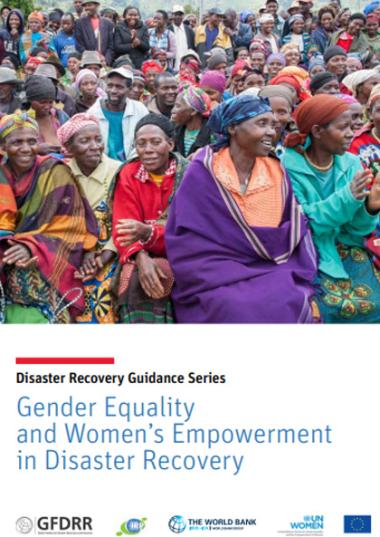
Culture and capacity: drought and gender differentiated vulnerability of rural poor in Nicaragua, 1970-2010
December 2014
This dissertation interprets gender differentiation in vulnerability to drought in Nicaragua in the interplay among structures and resources over the past decades. This objective was addressed through a qualitative case study in a drought-stricken part of Nicaragua where the interviewed individuals’ views on the following aspects were explored: (i) what has their experience of drought been and what measures have they taken to cope during and immediately after a drought, and to adapt to an increased frequency of droughts and intensity of dry climate; (ii) what role have different socio-economic and environmental resources played in increasing their capacity to cope with and adapt to as well as in reducing their vulnerability to drought; and (iii) what structures have created and sustained their access to and control over the capitals.
The first section presents the principal characteristics of and change in Nicaragua’s agricultural sector, subsistence and export-oriented, as well as the country’s proneness to hazard exposure, and especially droughts. Both of these belong to the historical context that has shaped the events over the past decades. The historical changes in the agricultural sector, including land tenure, combined with cultural factors and the high exposure to hazards have caused poverty, gender inequality, and migration, all of which are in the centre of the life course of women and men in the case study area. The following chapter discusses achievements and gaps in existing research on gender and differentiated vulnerability and layout the theoretical and analytical frameworks used to interpret gender differentiation in vulnerability to drought in Nicaragua in the interplay among structures and resources over the past decades. How the frameworks were developed as well as the contributions made to theory are described here. How the field work progressed and what methods were used in the collection and analyses of the data follow in the succeeding chapter. The case study approach with the use of oral history methods as well as text analysis is introduced and its different components are also discussed critically. In the concluding chapter, key findings and insights from the analyses within all three articles are pulled together and presented.
